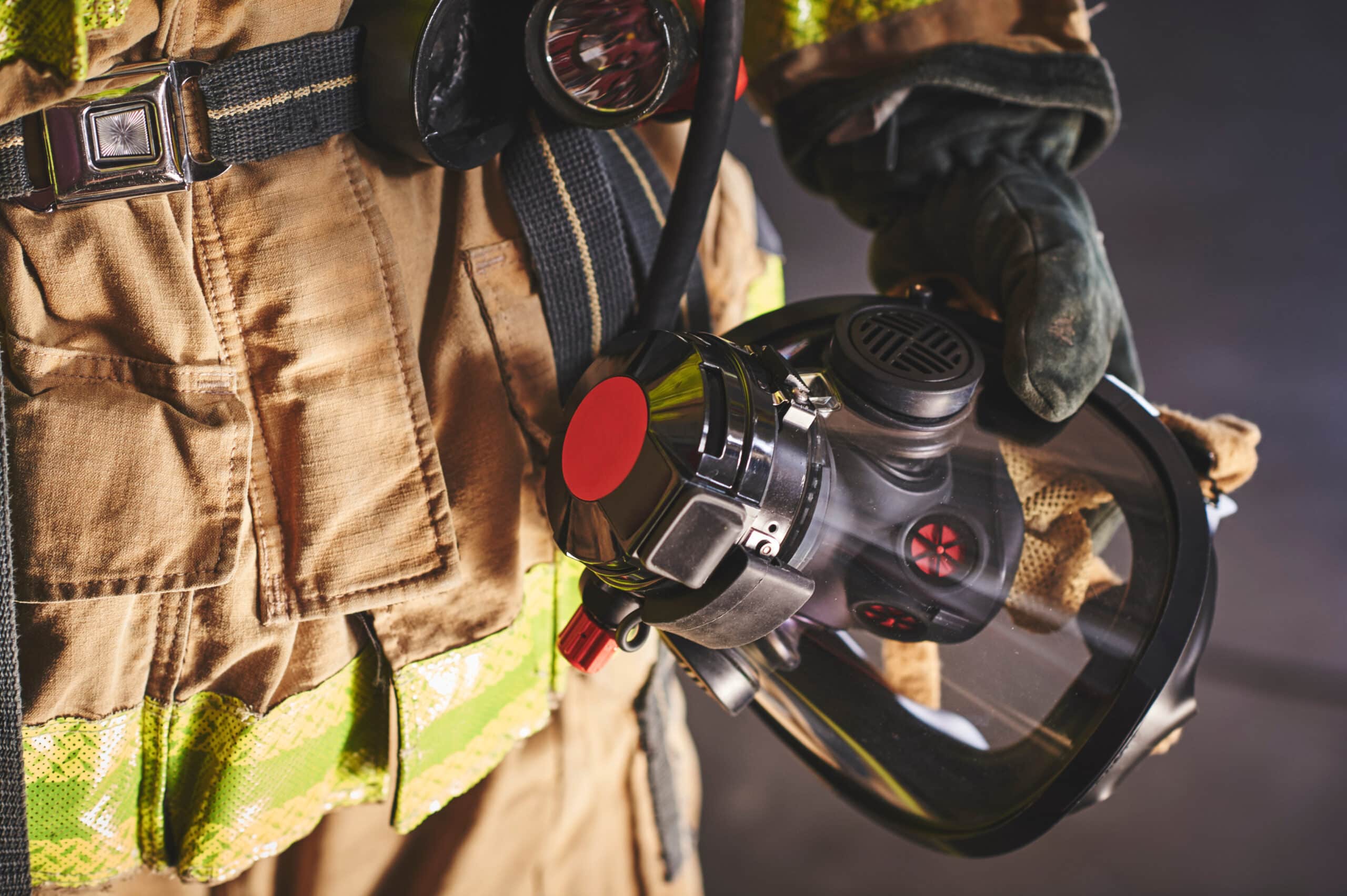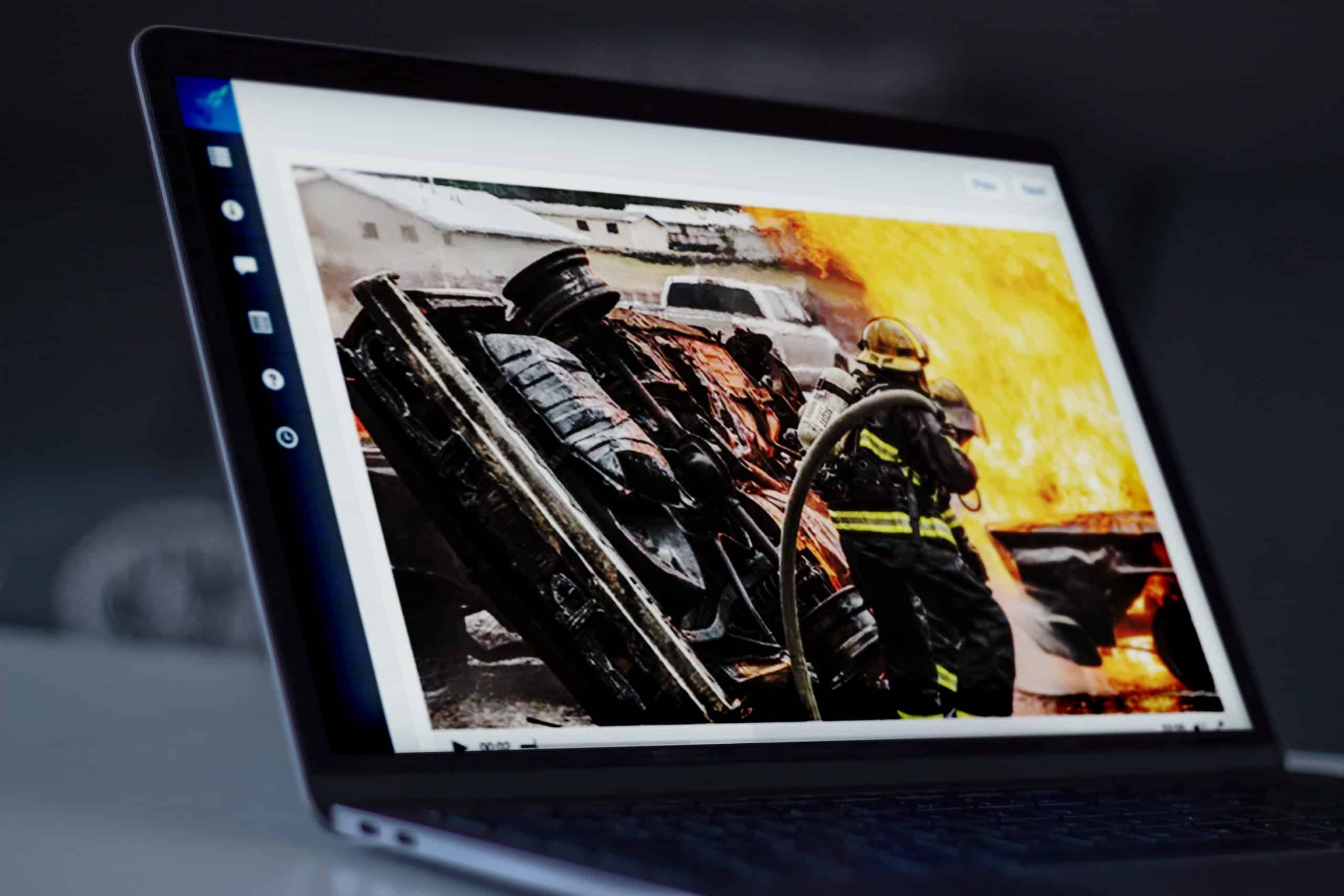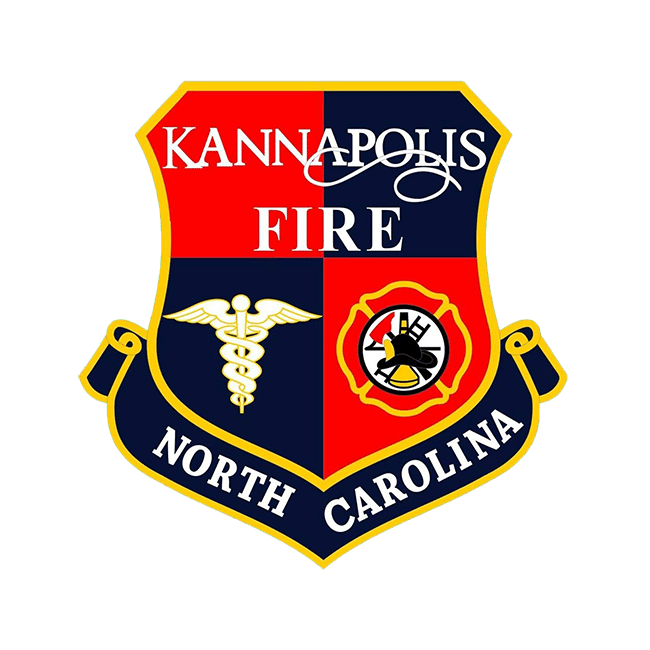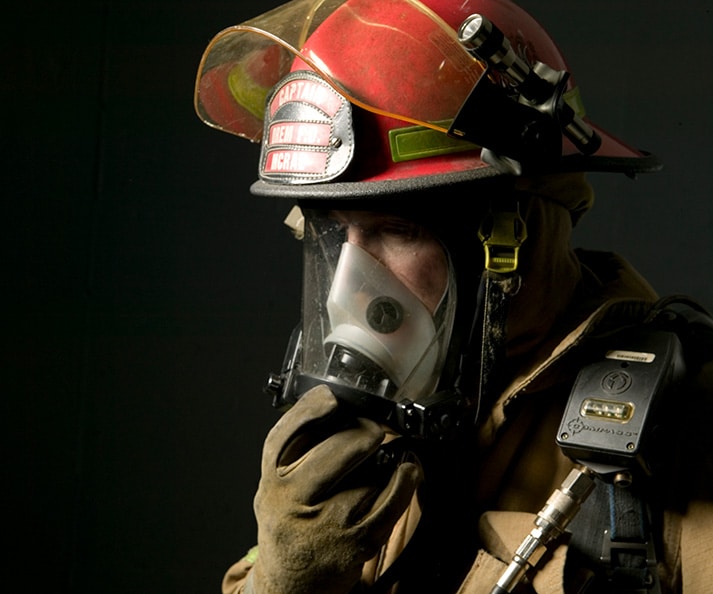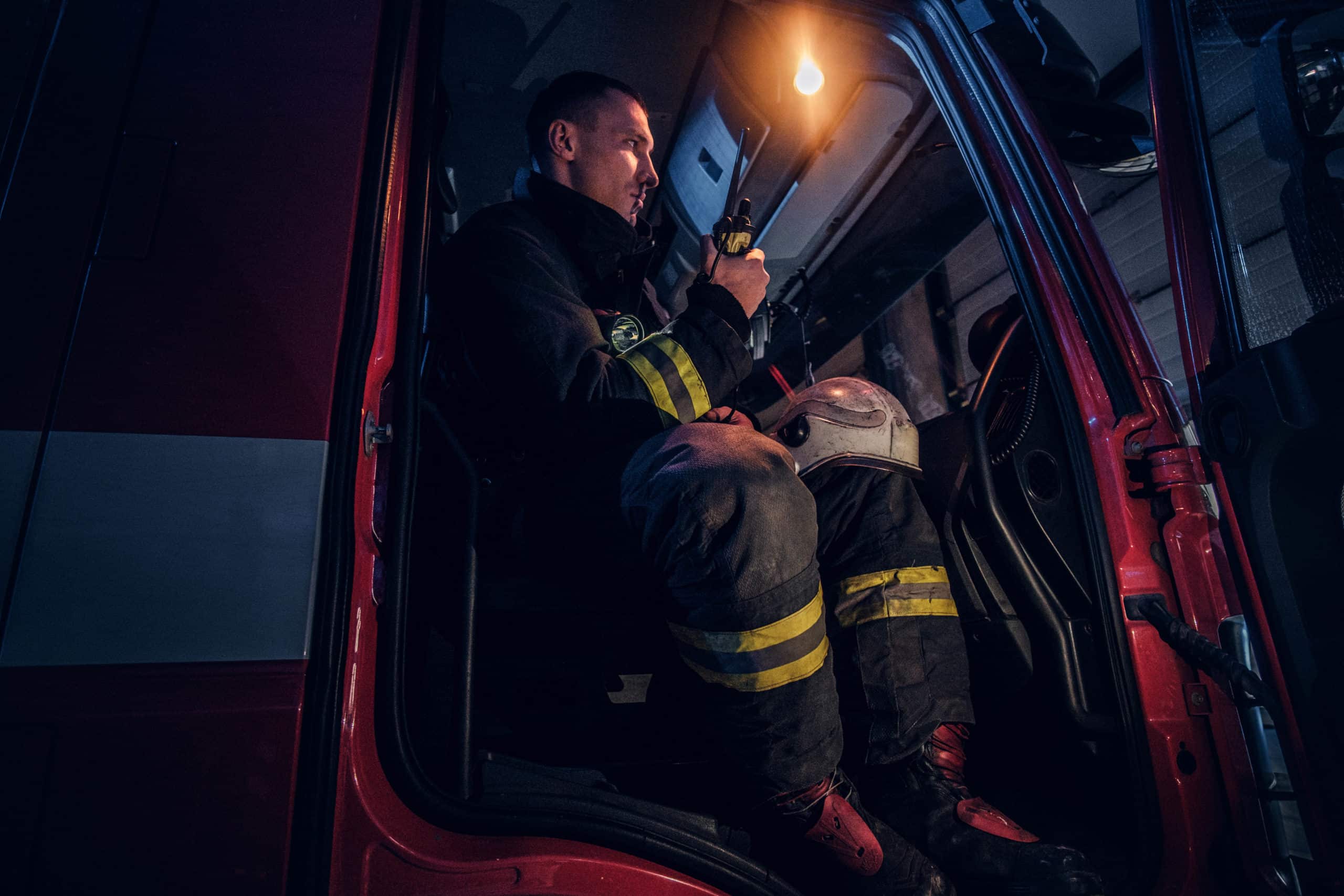January 10, 2025 6 min read
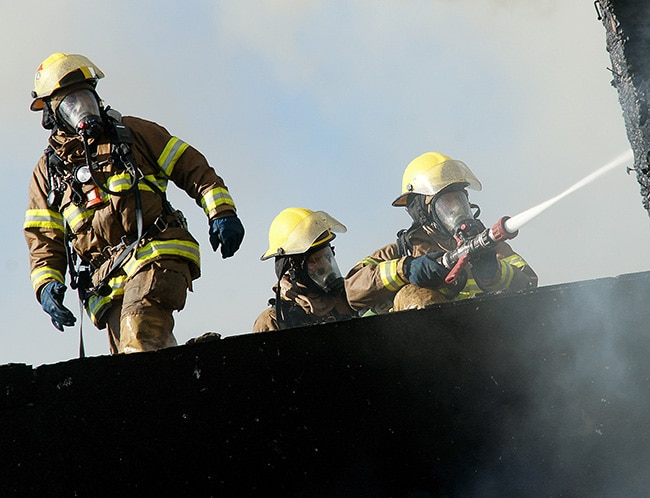
Guide to the ISO Requirement for Fire Department Training
Industry:
Solution:

Meeting ISO requirements for fire department training is essential for ensuring readiness and maintaining compliance. This article explores strategies, tools, and best practices to simplify and enhance your department’s training efforts.
What Are ISO Ratings of Fire Departments?
Effective live skill assessments are key to fostering professional development. Evaluations help firefighters improve their readiness and confidence by identifying strengths and addressing skill gaps.
ISO ratings for fire departments assess a department’s ability to respond to fires, evaluating factors like training, equipment, and water supply. Departments are scored between 1-10, with 1 being the highest level of fire protection. A higher rating reflects better preparedness and impacts insurance premiums.
5 Reasons Fire Department ISO Ratings Matter
Here are five reasons why your department’s ISO rating is so important:
- Insurance Premium Benefits
Maintaining a high ISO rating can significantly lower insurance premiums for both the fire department and the community it serves. Insurers view well-rated departments as less risky, rewarding them with cost reductions, which helps optimize budget allocation and reduce expenses for departments and residents. - Safety Performance Metrics
High ISO ratings of fire departments directly reflect a department’s commitment to safety and performance. It ensures that essential resources, training, and equipment are consistently up to standard, ultimately improving a department’s effectiveness in protecting lives and property, and minimizing emergency response times. - Ensure Fair and Unbiased Evaluations
Use standardized evaluation criteria to minimize bias and establish expectations. Fair appraisals foster trust and help accurately measure firefighter competencies. - Resource Optimization
High fire department ISO ratings often mean the department is utilizing resources effectively. Meeting ISO benchmarks helps departments prioritize investments in personnel, equipment, and technology, ensuring that resources are allocated efficiently and firefighters have the tools needed to be safe and effective during emergencies. - Operational Benchmarking
ISO ratings serve as a benchmark for fire department operations. Meeting ISO rating requirements to earn a high rating demonstrates that the department is operating at an exceptional level in key areas such as staffing, training, and response protocols, offering insight into areas for continuous improvement and achieving long-term strategic goals. - Community Impact
A high ISO rating fosters greater trust between the fire department and the community it serves. It signals a department’s commitment to providing fast and reliable service, which can enhance public confidence, attract funding support, and improve relationships with local stakeholders, ultimately leading to safer communities.
ISO Training Requirements for Fire Departments
Main ISO fire training requirements for maximum credit include:
| Types of Required Training | Explanation of Requirement | Necessary Hours |
| Company Operations | Company training at fire stations | 16 hours per month per member |
| Officer Development | Certification of all officers | 12 hours per year of CE for all officers |
| New Driver | Classes for new drivers and operators | 60 hours |
| Existing Driver | Classes for existing drivers and operators | 12 hours |
| Hazardous Materials Handling | Training on HAZMAT | 6-hour session per year per member |
| Recruit Training | Foundational skills and competencies (Firefighter 1 and Firefighter 2) | 24 hours in the first year per recruit |
| Facilities Utilization | Drill tower, live fire training structure, and a 2-acre training area | 18 hours per year per firefighter |
| Prefire Planning | Building familiarization for prefire planning programs | N/A |
Role of Fire Suppression Rating Schedule in your Department ISO Rating
Fire Department ISO Checklist for
- Emergency Communications:
- Ensure 24/7 staffed stations and reliable communication with dispatch and mutual aid for prompt emergency response.
- Track call receipts, processing, and dispatch times to improve efficiency.
- Fire Department Operations:
- Meet minimum staffing levels per apparatus for effective response.
- Provide regular firefighter training, including recruit and ongoing sessions.
- Maintain apparatus and equipment in operational working condition.
- Water Supply:
- Ensure an adequate and reliable water supply for firefighting efforts.
- Conduct regular hydrant inspection and flow testing for preparedness.
- Document and map water sources for easy accessibility during emergencies.
- Community Risk Reduction:
- Develop and maintain a public fire safety program.
- Implement proactive fire prevention strategies, like code enforcement and inspections.
Streamline ISO Training with Vector Solutions
Simplify ISO training tracking with Vector Solutions’ purpose-built LMS and training management system, TargetSolutions, and its integrated live skills evaluation mobile app.
Build custom training trackers or leverage the platform’s pre-built ISO training trackers designed to easily track training aligned with ISO requirements to help your department get every point available on your next ISO review.

Pre-built trackers are organized by role, according to the fire suppression rating schedule categories and hours required, and include relevant online courses and activities for driver operators, firefighters, and officers.
With TargetSolutions’ pre-built and custom training trackers, your department can easily document all training-related activities by ISO benchmarks, including:
- Activity name
- Objectives met
- Duration
- Date completed
- Instructor
- Location
Strengthen accountability and keep everyone on track with real-time progress bars and automated expiration alerts.
Request a demo today and discover how Vector Solutions can simplify meeting the ISO Requirement for Fire Department Training.
Frequently Asked Questions
How Do ISO Class 1 Fire Department Requirements Differ from Class 2?
Less than 1% of US fire departments have an ISO class 1 rating. Class 1-rated departments meet more rigorous standards across categories like training, staffing, water supply, and emergency response times compared to Class 2. TargetSolutions helps departments achieve Class 1 with a centralized training management system to track hours, certifications, and live evaluations in accordance with ISO requirements.
What Are ISO Recommendations of Apparatus Age?
While the Fire Suppression Rating Schedule (FSRS) does not specify a specific maximum age for fire apparatus, the National Fire Protection Association (NFPA) standards are used to determine if an apparatus meets general requirements. NFPA standards recommend fire apparatus older than 15 years be evaluated for rebuilding and apparatus older than 25 years retired. Vector Check It streamlines apparatus checks and all asset management.
What Are the Benefits of Using Vector Solutions to Manage ISO Training Requirements?
Vector Solutions’ training management system, TargetSolutions, is purpose-built to help simplify ISO training compliance with comprehensive training record-keeping, certification management, and live skill assessments. Vector also offers personnel operational readiness tools like Vector Scheduling and Vector Check It to optimize staffing and streamline apparatus inspections and maintenance in a centralized solution to save time, boost efficiencies, and ensure compliance.
How Often Are ISO Requirements for Fire Departments Reviewed?
ISO typically reviews fire department requirements every three to five years. Key areas covered in the evaluation include training, water supply, and emergency response. With Vector Solutions, departments can easily maintain accurate, real-time records for training, apparatus checks, hydrant management, and staffing, ensuring they meet the ISO requirement for fire department training, are always prepared for ISO evaluations, and can maintain or improve their ISO class rating.




